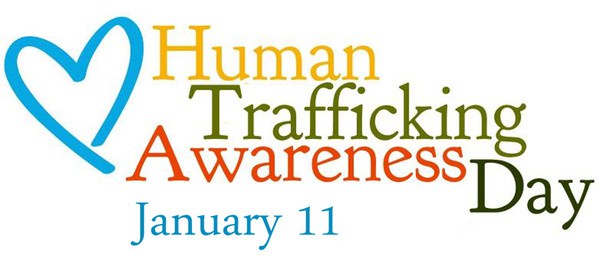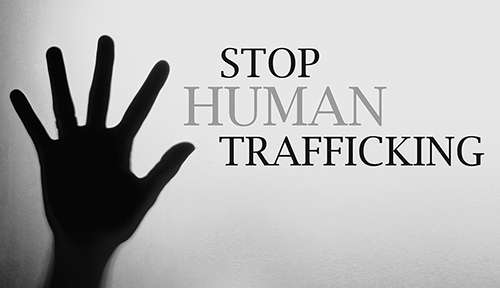Every January 11th, we are tasked to learn more about human trafficking. Please take everything you think you know about it and throw it in the preverbal trash can.
Human trafficking doesn’t happen exclusively in big cities, near international borders, or in poverty-stricken neighborhoods. It happens everywhere. Ohio has the fourth largest incidents of trafficking behind Florida, California, and Texas. In 2019, Ohio received a “C” grade by Shared Hope International regarding our state’s sex trafficking laws and prevention tactics. We are the only state that requires 16- or 17-year-olds to prove they were sex trafficking victims. However, the State Senate recently passed a bill that would rescind that clause. It’s awaiting passage in the House of Representatives.
In Ohio:
- 80% are children who live in urban settings
- 67% are white, female teens
- 33% are African American
- Girls are dressed in inappropriate clothing and wear heavy makeup
- The average buyer is 40 years old
According to the International Labour Organization, on a global level:
- 81% are doing forced labor (slavery)
- 75% are women and girls
- 25% are children
How to Spot Human Trafficking
- Look for a significant age difference.
If you see someone much younger, don’t assume it’s a child-family member situation. How does the child act? Are they quiet and submissive? Are they out at odd hours? Dressed inappropriately for the weather and their age? These are tell-tale signs of trafficking. - School administrators must pay closer attention.
Most victims miss considerable blocks of school time, or their attendance record is very spotty. - Hotels and motel managers should be on high alert.
Large events where many hotels are full to the brim (i.e., World Series, Super Bowl, Olympics), are where traffickers like to hang out. David Peckinpaugh, President of Maritz Travel, has taken on this horrific practice by training over 20,000 hotel operators throughout the country. To learn more about how David got involved in this initiative, listen here. If you are in the hotel business, here are four indicators, something is very wrong:- The person pays in cash
- They ask for a room near an exit
- They have no luggage
- Multiple men come and go from the room
- Look for bruises and other telltale signs.
Sometimes there is physical branding, including the name of the trafficker, a gang sign, or barcode. Does the victim show signs of dehydrated, malnutrition, or sleep deprivation? Again more signs.
What You Can Do
- If you believe trafficking is going on in your business or you have spotted a victim, please call or text the Human Trafficking Hotline at 888-373-7888 or text 233733.
- Use the resources on the ECPAT USA
Education is the first step. Then consider taking action by completing their online training, hosting a public event, and having conversations with your governmental and school officials. - If you see something suspicious but are uncertain exactly what it is, call your local police department for guidance. Most community police departments follow up on every tip.
- Urge your State Representative to support House Bill 461. It applies the same human trafficking offense to all victims under 18.
- If you’re a teacher, report long student absences to your administration, especially if you’ve seen strange behavior, physical abuse, or unusual dressing since the return of the said student.
Conclusion
You can help minimize Human Trafficking in your area. If you’d like to talk to me further about this somber subject, please email me at tim@timothydimoff.com or call 330-730-3524.

